Table of content
Stir-fried oysters, a dish that marries the briny sweetness of fresh oysters with the sizzling heat of a wok, is a testament to the art of seafood cooking. This recipe, rooted in coastal culinary traditions, elevates the humble oyster into a restaurant-quality dish that can be mastered in any home kitchen. Whether you’re a seasoned chef or a curious novice, this guide will walk you through every step, from selecting the freshest oysters to achieving that coveted caramelized sear. Let’s dive into the world of umami-rich flavors and textural contrasts that make stir-fried oysters a standout meal.
The Allure of Stir-Fried Oysters
Oysters have long been celebrated as a delicacy, prized for their delicate flavor and luxurious texture. When stir-fried, they transform into a dish that balances tenderness with a subtle crispiness, enhanced by aromatics like garlic, ginger, and scallions. The method of stir-frying preserves the oysters’ natural juices while infusing them with a medley of savory sauces, creating a harmony of tastes that dance on the palate.
This dish is not merely a meal—it’s an experience. The sizzle of the wok, the aroma of caramelizing ingredients, and the visual appeal of glistening oysters coated in a glossy sauce make it a feast for the senses. Best of all, it’s surprisingly quick to prepare, making it ideal for busy weeknights or impressive dinner parties.
Ingredients: Quality Matters
The foundation of any great dish lies in its ingredients, and stir-fried oysters are no exception. Here’s a breakdown of what you’ll need:
For the Oysters
- 12–16 fresh oysters: Opt for plump, medium-sized oysters with intact shells. Avoid those that smell overly fishy or have cracked shells.
- 1 tablespoon cornstarch: To lightly coat the oysters, ensuring a crisp exterior.
Aromatics and Vegetables
- 3 garlic cloves, minced: Use fresh garlic for a pungent kick.
- 1-inch piece of ginger, peeled and grated: Ginger adds warmth and depth.
- 1 small onion, thinly sliced: Caramelized onions provide sweetness.
- 1 red bell pepper, julienned: For color and crunch.
- 4 scallions, white and green parts separated: Sauté the white parts with the aromatics; use the green parts as a garnish.
Sauce Base
- 2 tablespoons oyster sauce: The dish’s namesake ingredient, offering umami richness.
- 1 tablespoon soy sauce: Use dark soy sauce for depth or light soy sauce for saltiness.
- 1 teaspoon sesame oil: A nutty finish that ties the flavors together.
- 1 teaspoon sugar: Balances the sauces’ saltiness.
- 1/4 cup chicken or vegetable broth: To loosen the sauce.
- 1 teaspoon cornstarch: Mixed with water to thicken the sauce.
For Cooking
- 3 tablespoons cooking oil: Use peanut, vegetable, or avocado oil for high-heat cooking.
- 1 teaspoon white pepper: Freshly ground for a zesty kick.
- Optional garnishes: Cilantro, lime wedges, or chili flakes.
Step-by-Step Preparation
Shucking the Oysters
Shucking oysters requires care to avoid injury and preserve the oyster’s liquid (known as “liquor”). Here’s how:
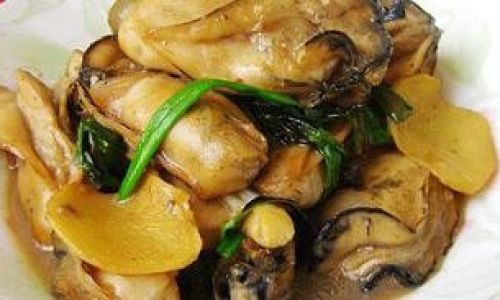
- Rinse the oysters under cold water to remove grit.
- Hold the oyster flat-side up on a towel-lined surface.
- Insert an oyster knife near the hinge and twist to pry the shell open.
- Run the knife along the top shell to sever the muscle, then along the bottom shell to release the oyster.
- Retain the liquor—it’s packed with flavor!
Preparing the Oysters for Cooking
- Gently pat the oysters dry with a paper towel to remove excess moisture.
- Lightly coat them in cornstarch, shaking off any excess. This step ensures a golden sear.
Prepping the Aromatics and Vegetables
- Mince the garlic and ginger finely to ensure they meld into the sauce.
- Julienne the bell pepper into thin strips for even cooking.
- Slice the scallions diagonally, separating the white and green parts.
Making the Sauce
In a small bowl, whisk together:
- Oyster sauce
- Soy sauce
- Sesame oil
- Sugar
- Broth
- Cornstarch slurry (1 teaspoon cornstarch + 1 tablespoon water)
This sauce will cling to the oysters, creating a glossy, flavorful coating.
Stir-Frying: The Key to Perfection
Stir-frying is a high-heat, quick-cooking method that demands precision. Follow these steps:
- Heat the wok: Place your wok over high heat until it’s smoking. Add the oil and swirl to coat.
- Sear the oysters: Add the oysters in a single layer. Sear for 1–2 minutes per side until golden. Remove and set aside.
- Sauté aromatics: Reduce heat to medium. Add garlic, ginger, onions, and white scallion parts. Stir-fry until fragrant (30 seconds).
- Add vegetables: Toss in the bell peppers. Stir-fry for 2 minutes until slightly softened.
- Reintroduce oysters: Return the oysters to the wok, along with any accumulated juices.
- Pour in the sauce: Stir vigorously to coat everything. The sauce will thicken within 1 minute.
- Finish with garnishes: Toss in the green scallion parts and a pinch of white pepper. Remove from heat immediately to prevent overcooking.
Serving Suggestions
Stir-fried oysters shine when paired with:
- Steamed jasmine rice: To soak up the sauce.
- Crusty bread: For a casual, dip-friendly meal.
- Stir-fried greens: Like bok choy or gai lan, to add freshness.
Expert Tips for Success
- Don’t Overcrowd the Wok: Cook oysters in batches if necessary to maintain high heat.
- Master the Sear: A hot wok ensures a golden crust without overcooking the oysters.
- Adjust Seasoning: Taste the sauce before adding it to the wok—some oyster sauces are saltier than others.
- Embrace Imperfection: Oysters may release some liquid during cooking; this is normal and adds to the sauce’s depth.
- Serve Immediately: Oysters become rubbery if left to sit.
Variations to Explore
- Spicy Kick: Add sliced chili peppers or a dash of Sriracha to the sauce.
- Herb-Infused: Toss in fresh basil or cilantro at the end.
- Protein Swap: Substitute oysters with shrimp, scallops, or chunks of firm fish.
- Vegetarian Twist: Use marinated tofu or king oyster mushrooms for a meat-free version.
The Science Behind Stir-Frying Oysters
Stir-frying is a culinary technique that relies on the Maillard reaction—the chemical process that browns food and develops complex flavors. By searing oysters at high heat, you create a caramelized crust while locking in moisture. The cornstarch coating acts as a barrier, preventing the oysters from becoming waterlogged.
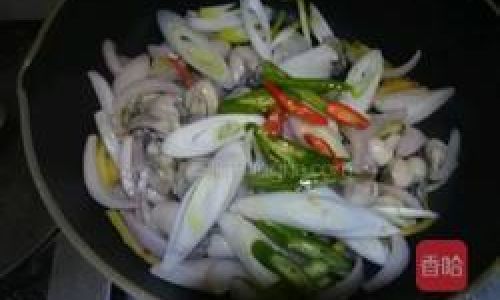
The sauce’s cornstarch slurry is a classic thickening agent, ensuring it clings to the ingredients without becoming gloppy. The balance of sweet (sugar), salty (soy sauce), and umami (oyster sauce) mirrors the flavor profile of traditional Chinese stir-fries.
Health Benefits of Oysters
Beyond their culinary appeal, oysters are nutritional powerhouses. They’re rich in:
- Zinc: Essential for immune function and wound healing.
- Vitamin B12: Supports nerve health and red blood cell production.
- Omega-3 fatty acids: Promotes heart and brain health.
- Protein: A 3-ounce serving packs 8 grams of lean protein.
Stir-frying, as a cooking method, retains more nutrients than boiling or frying, making this dish a guilt-free indulgence.
Cultural Context: Oysters in Global Cuisines
Oysters have been a culinary staple for millennia. Ancient Romans prized them as aphrodisiacs, while 19th-century New Yorkers slurped them raw from street vendors. In Chinese cuisine, oysters symbolize good fortune and are featured in festive dishes like “Oyster Omelette” during Lunar New Year.
Stir-frying, a cornerstone of Chinese cooking, dates back over 1,500 years. It was developed as a way to cook quickly over wood-fired stoves, preserving ingredients’ freshness. Today, it’s a beloved technique worldwide, celebrated for its speed and versatility.

Troubleshooting Common Issues
- Rubbery Oysters: Overcooking is the culprit. Sear for no more than 2 minutes per side.
- Bland Flavor: Increase the oyster sauce or add a splash of fish sauce.
- Soggy Sauce: Use less cornstarch slurry or cook the sauce longer to evaporate excess liquid.
- Burnt Aromatics: Keep heat at medium when sautéing garlic and ginger.
Conclusion: A Dish Worth Mastering
Stir-fried oysters are more than a meal—they’re a celebration of the ocean’s bounty and the joy of cooking. With practice, you’ll learn to balance the delicate interplay of flavors and textures that make this dish unforgettable. Whether you’re hosting a dinner party or treating yourself, this recipe guarantees a restaurant-worthy experience.
So grab your wok, sharpen your knife, and let the sizzle begin. Your journey to oyster perfection starts now.
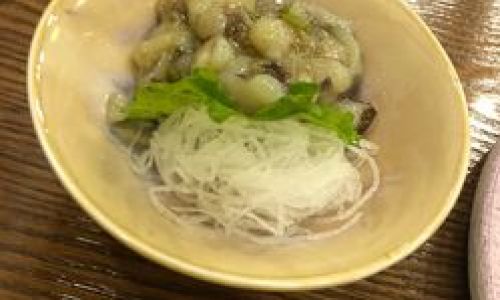
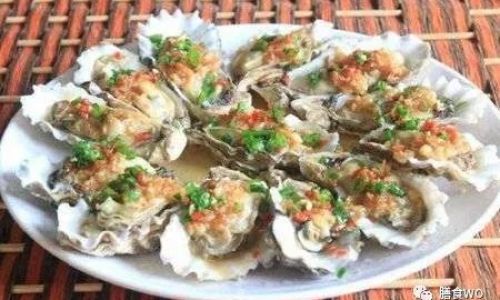
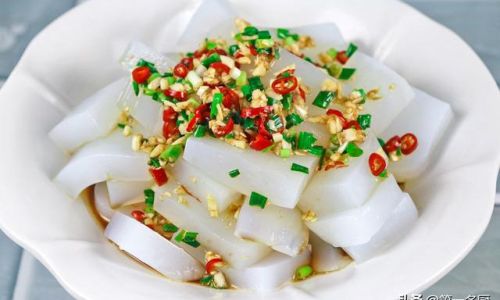


0 comments